BLOG: Don't be afraid of the great gas glut

We are on the brink of a serious glut in global LNG supply – some will say. Global gas prices are indeed set to fall and the market loosen over the coming years, thanks mainly to the US and Qatar. But Newsbase would argue that we should be vigilant concerning the next price spike, and less concerned with the risk of oversupply.
The US, already the world’s biggest exporter of the super-chilled fuel, is set to double its capacity by the end of the decade. US supply is growing this year thanks to Venture Global’s Plaquemines LNG, which should ramp up to 13.3mn tonnes per year by the end of 2025, and Cheniere’s Corpus Christi Stage 3, rising to 10mn tpy in the coming months. Several other key projects to watch out for over the coming years include Golden Pass LNG, with 16mn tpy, Port Arthur LNG Phase 1, with 12mn tpy, and Rio Grande LNG, with 15mn tpy.
The global price spike incentivised record volumes of new US LNG capacity to reach final investment decision (FID) in 2023. That includes Plaquemines LNG Phase 2, which was greenlit in March that year and should add 6.7mn tpy of capacity by 2026, Sempra’s Port Arthur LNG Phase 1, due to reach 13mn tpy capacity in 2027, and NextDecade’s 17.5mn tpy Rio Grande LNG Phase 1, slated to reach 17.5mn tpy by 2027.
US LNG players tell Newsbase that they need good regulation and policy. But if they can’t get good regulation and policy, at least they want certain regulation and policy. They certainly haven’t got that. The Biden administration announced a temporary pause on permit approvals in January 2024, to re-assess the environmental and social impact of more US LNG hitting the global market. Although the review – spurred by the Democratic party’s anti-gas faction – concluded in December, it offered little clarity. Essentially, the conclusion was “yes, the gas can flow, but maybe we should think more about what that means, over some amount of time.”
Naturally, the industry was frustrated by the pause, though frontrunners like Cheniere, which had already secured all necessary near-term approvals, viewed the move as a competitive advantage.
When US President Donald Trump took office, one of his Day 1 executive orders was to lift the Biden pause, as part of his Unleashing American Energy agenda. While Commonwealth LNG cited this as a key reason why its 9.5mn tpy Louisiana plant should reach FID in the second quarter, sources tell Newsbase that the permitting backlog resulting from the pause will take considerable time to clear. And a lot of the fundamental difficulties with other regulations are still in play.
And then the Trump administration threw a spanner into the works of its Unleashing American Energy through its rolling out of tariff-based diplomacy this year, which has already resulted in the US losing the Chinese LNG market, as a result of retaliatory measures imposed by Beijing. While the disruption affects only around 5-6% of their respective LNG imports and exports, it introduces uncertainty that may deter further US LNG investments. Other Asian buyers may question whether their US LNG supplies could also become entangled in political disputes.
In Qatar, the North Field East expansion, which is set to add 32mn tpy of capacity at full stream, should reach first gas by the end of 2025, and reach full capacity within two years. A lot of market watchers are wondering whether that indeed will be the case, and does it mean first exports by the end of December or only the start of commissioning. If only commissioning, how long will the commissioning stage take?
Buyers want to know, especially in Europe, where gas prices are still two-three times higher than they were during the pre-COVID decade. And in Europe, of course the debate continues to rage about the outlook for remaining Russian gas. How much global LNG supply is available will be critical for the EU to decide if and when and how it quits remaining Russian pipeline gas via TurkStream, and more significantly, the soaring amount of Russian LNG it imports.
The International Energy Agency (IEA), the Paris-based agency established in the 1970s to safeguard global energy security, published its controversial Net Zero Scenario in 2019, which, while not explicit in its advice, stated that in its roadmap to net zero, there should be no further investments in natural gas. At CERAWeek in Houston this March, after said global energy crisis, IEA Director Fatih Birol sought to “make it clear … there would be a need for investment, especially to address the decline in the existing fields. There is a need for oil and gas upstream investments, full stop.”
A cautionary tale about the appeal to authority.
On the energy conference circuit, we hear increasingly less about the energy transition and increasingly more about energy “addition.” That is to say, any road to more sustainable energy systems must accept that energy demand will continue to rise. Last year saw record volumes of new solar and wind capacity installed – it also saw record volumes of fossil fuels used, including the dirtiest of them all, coal. Hydrocarbon usage will continue to rise. The developed world only managed to reduce its fossil fuel use during the COVID-19 pandemic, before it rebounded, or in Europe’s case, through forced de-industrialisation in the last few years. As for the developing world, no country has ever successfully industrialised without fossil fuels as a backbone. And, judging by the priorities the developing nations put forward at COP29 in Baku, they are far more concerned with climate adaptation rather than mitigation.
LNG buyers, sellers and investors should remain mindful of the potential for a supply glut. But all stakeholders – policymakers too – should also recognise that the world, and Europe in particular, has just exited the worst global energy crisis in living memory. In Europe’s case, the crisis is ongoing, even if many would prefer not to describe absorbent energy costs as a crisis. That crisis had catastrophic implications for European industry and the broader European economy, and it has spilled into politics.
It is better to focus more on avoiding another crisis rather than worrying about having more gas than the world can handle. As far as the climate is concerned, it is abundantly clear that people care more about the environment when they have more money in their pocket; and an economy can spend more on investing in renewables and other low-carbon technologies, when they have cheap energy to support those investments.
If we can recognise that the world will need more and more energy in the years to come, and that fossil fuels are vital to fulfilling that growth, better to back investments in the cleanest of those fossil fuels.

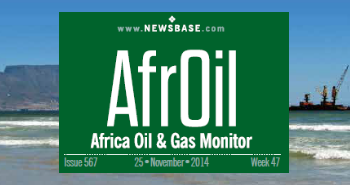
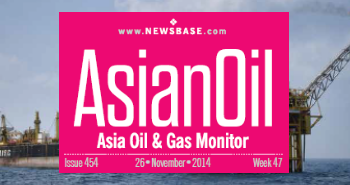
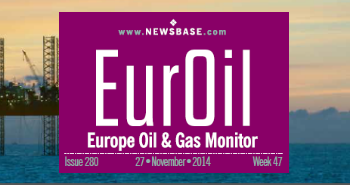
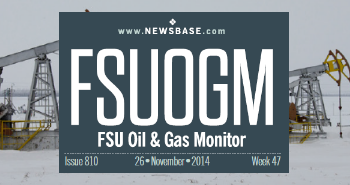
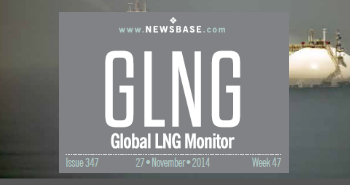
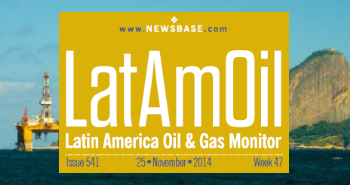

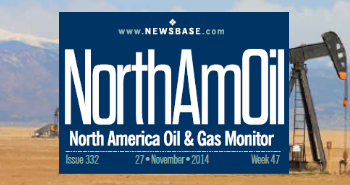
Follow us online